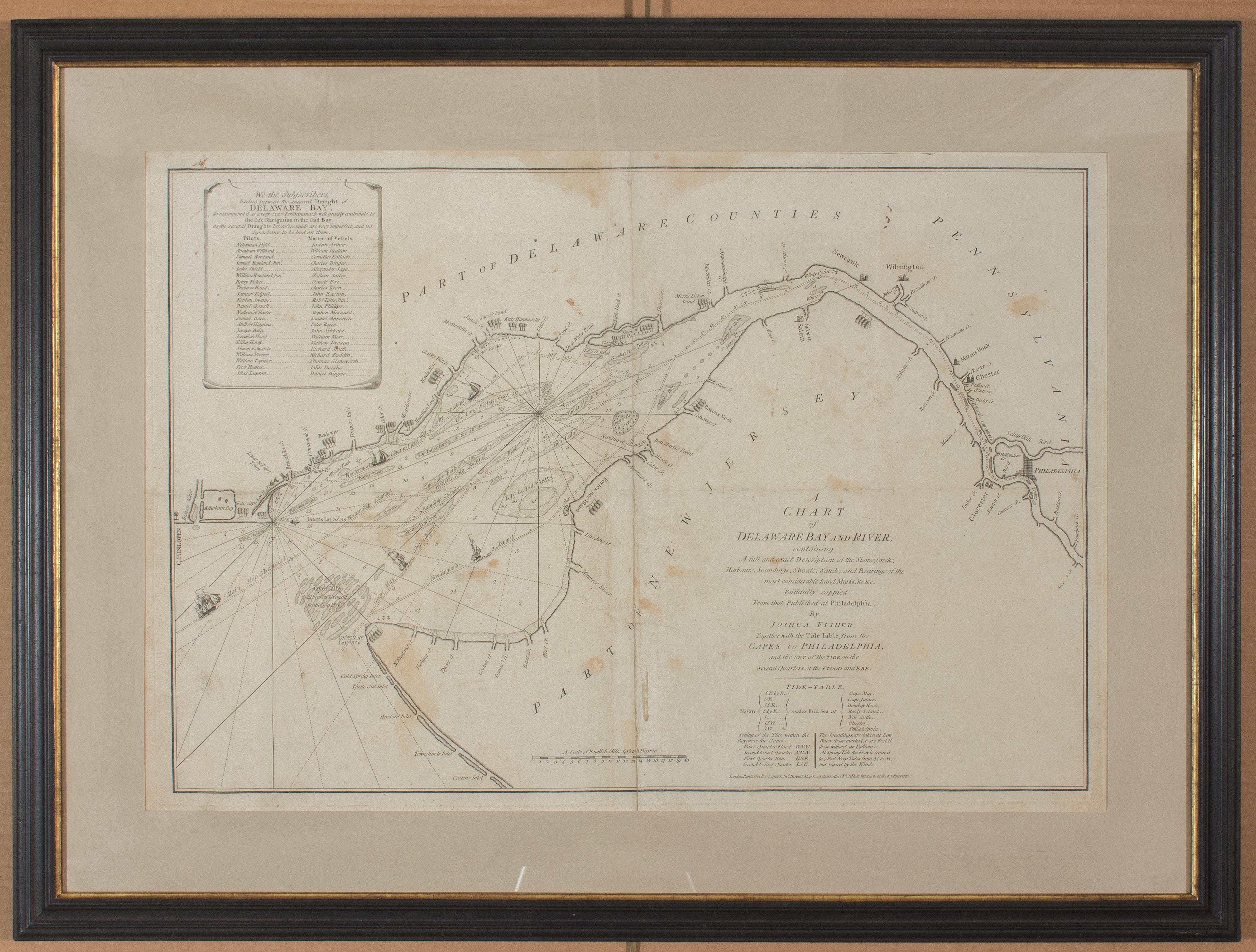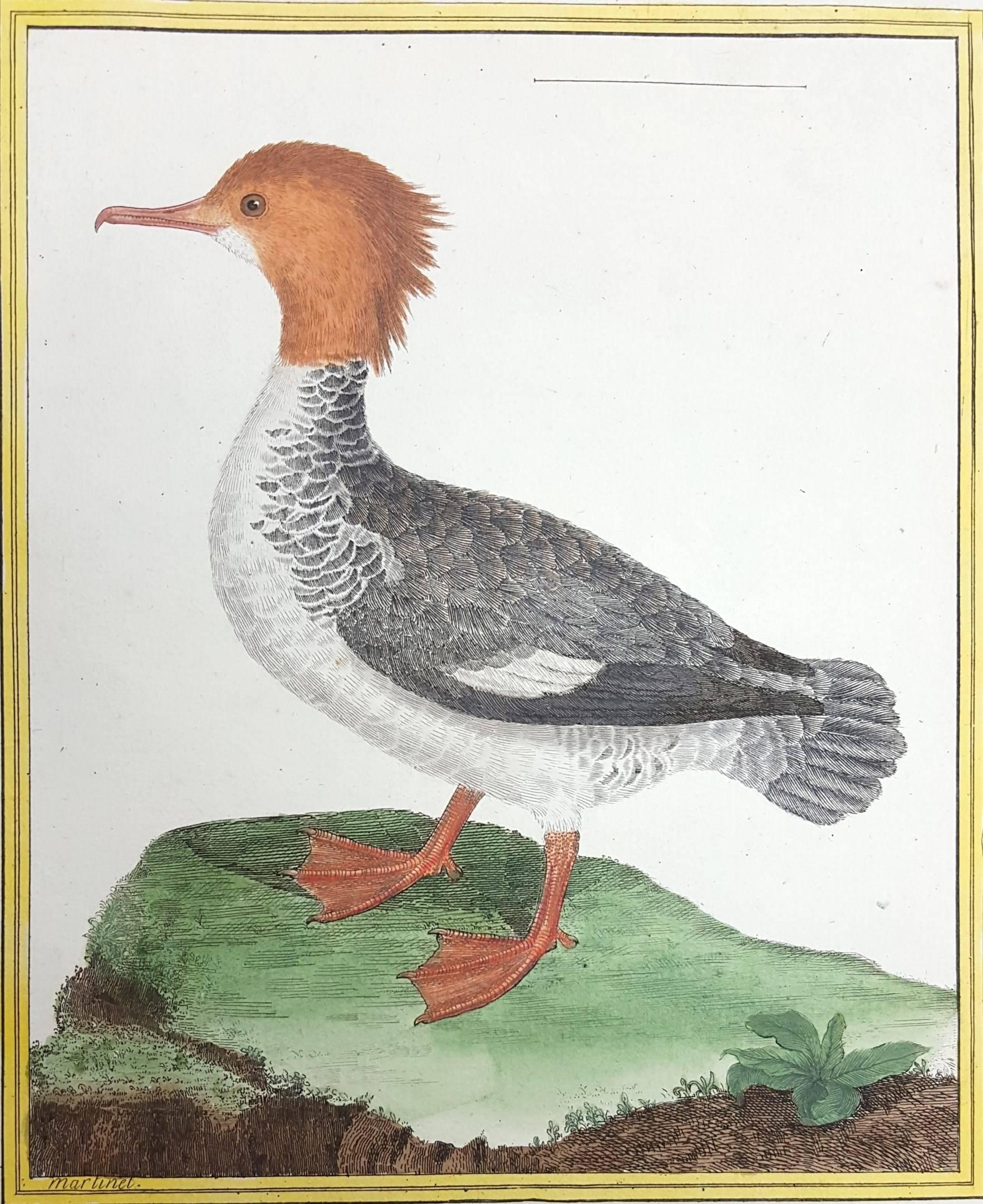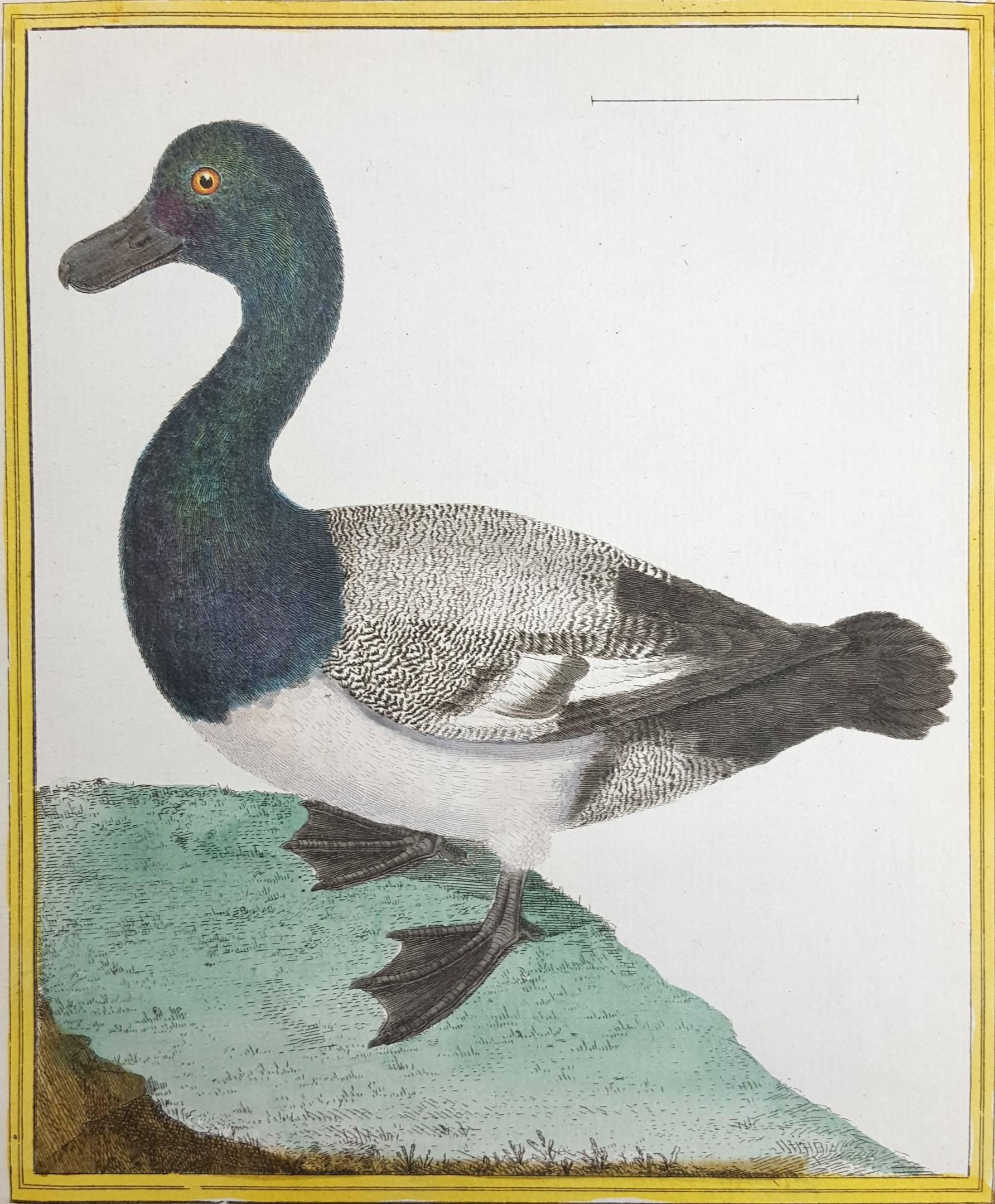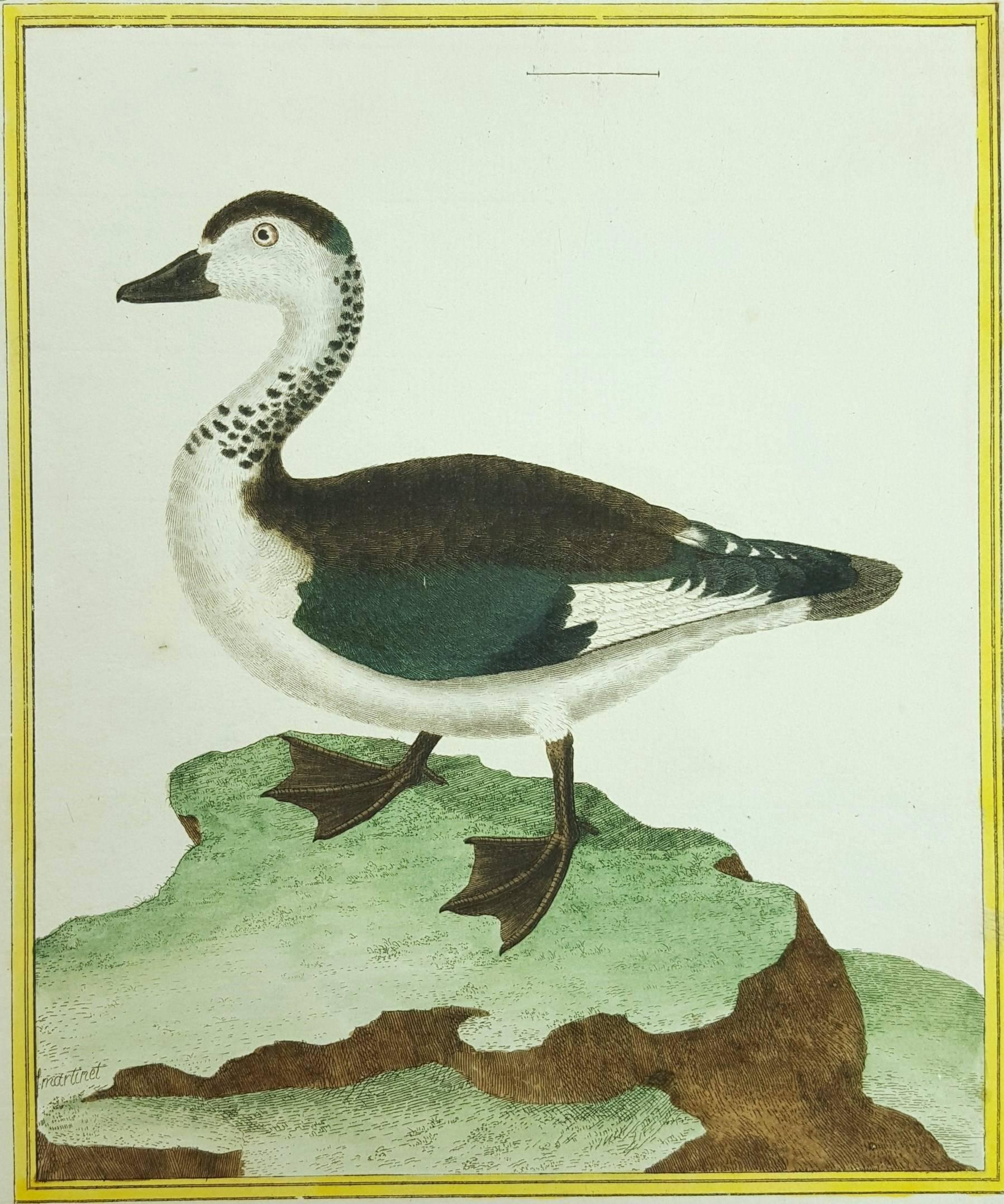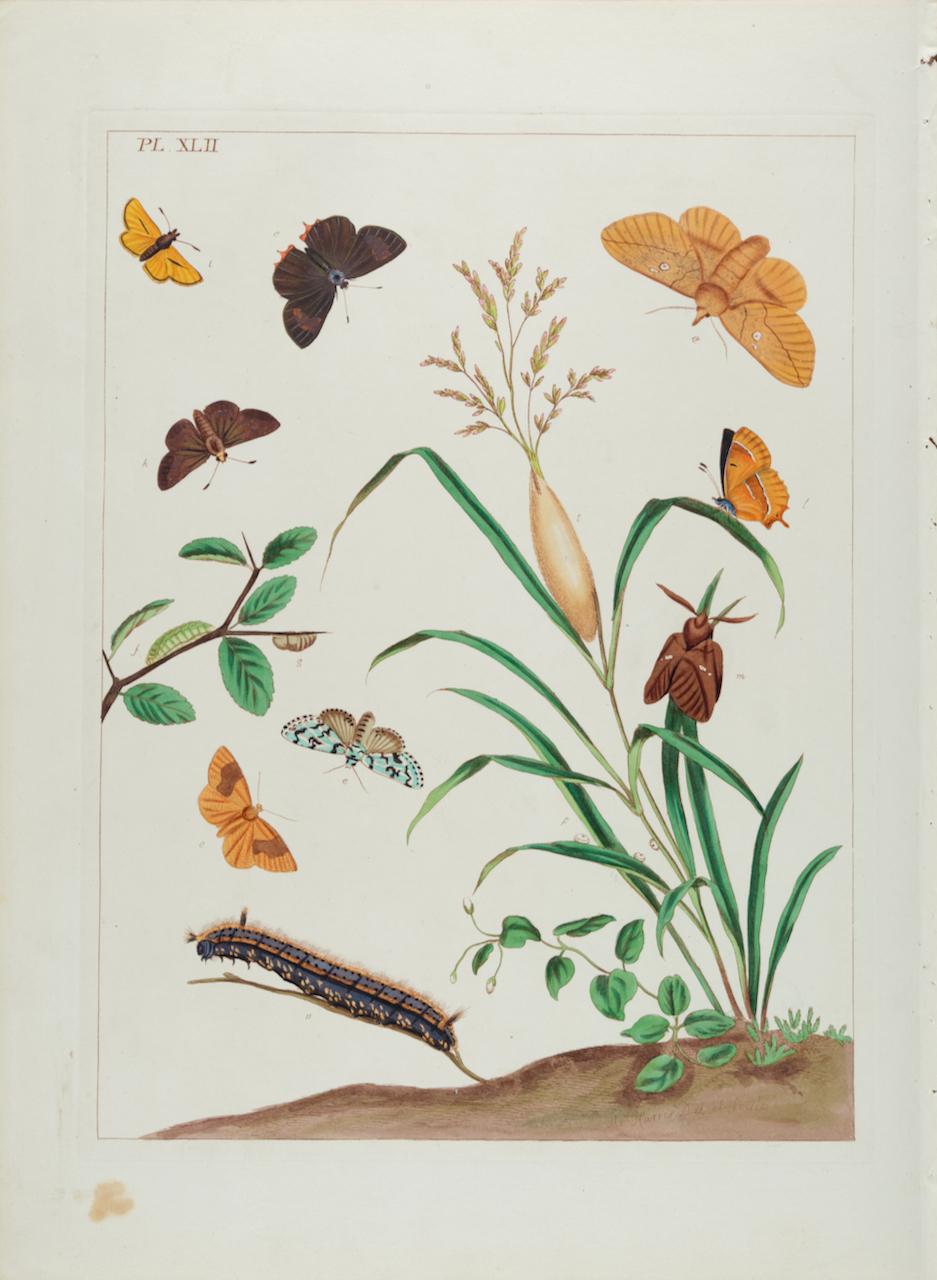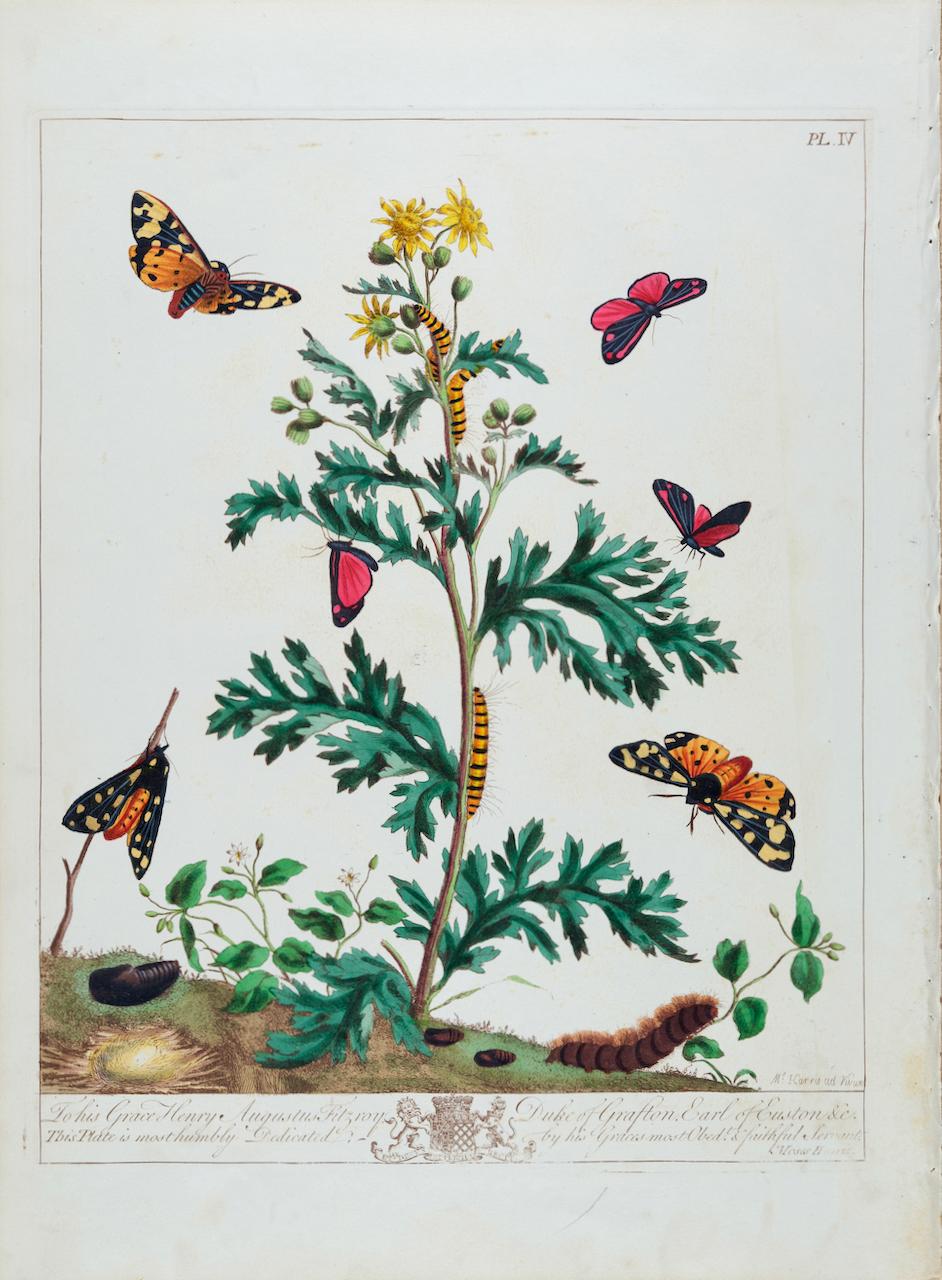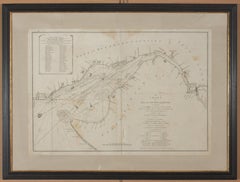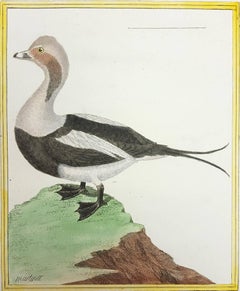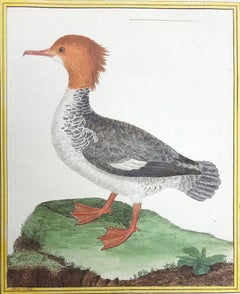Colonel Mordaunt's Cock Match, At Lucknow in the Province Oude in the year 1786
View Similar Items
1 of 7
Richard EarlomColonel Mordaunt's Cock Match, At Lucknow in the Province Oude in the year 17861792
1792
$3,900List Price
About the Item
Authenticity Guarantee
In the unlikely event there’s an issue with an item’s authenticity, contact us within 1 year for a full refund. DetailsMoney-Back Guarantee
If your item is not as described, is damaged in transit, or does not arrive, contact us within 7 days for a full refund. Details24-Hour Cancellation
You have a 24-hour grace period in which to reconsider your purchase, with no questions asked.Vetted Professional Sellers
Our world-class sellers must adhere to strict standards for service and quality, maintaining the integrity of our listings.Price-Match Guarantee
If you find that a seller listed the same item for a lower price elsewhere, we’ll match it.Trusted Global Delivery
Our best-in-class carrier network provides specialized shipping options worldwide, including custom delivery.You May Also Like
1776 Navigational chart/map of the Delaware bay and river including Philadelphia
Located in Philadelphia, PA
JOSHUA FISHER
(AMERICAN, EIGHTEENTH CENTURY)
A Chart of Delaware Bay and River, 1776
Printed for John Bennet and Robert Sayer, London
Engraving on pape...
Category
1770s Realist Landscape Prints
Materials
Paper, Engraving
In a tavern. Paper, engraving, 21x25 cm
By Adriaen van Ostade
Located in Riga, LV
In a tavern.
engraver Jan De Visscher (1933-1692)
Paper, engraving, 21x25 cm
Category
17th Century Realist Figurative Prints
Materials
Paper, Engraving
$1,382 Sale Price
20% Off
Canard de Miclon (Old Squaw) /// Ornithology Martinet Bird Animal Art Duck
By François Nicolas Martinet
Located in Saint Augustine, FL
Artist: François-Nicolas Martinet (French, 1731-1800)
Title: "Canard de Miclon (Old Squaw)" (1008)
Portfolio: Histoire Naturelle Des Oiseaux
*Signed by Martinet in the plate (printed...
Category
1770s Realist Animal Prints
Materials
Engraving, Watercolor, Laid Paper, Intaglio
Le Harle Femell (The Female Merganser) /// Ornithology Martinet Bird Animal Art
By François Nicolas Martinet
Located in Saint Augustine, FL
Artist: François-Nicolas Martinet (French, 1731-1800)
Title: "Le Harle Femell (The Female Merganser)" (Plate 953)
Portfolio: Histoire Naturelle Des Oiseaux
*Signed by Martinet in the...
Category
1770s Realist Animal Prints
Materials
Engraving, Watercolor, Laid Paper, Intaglio
Le Millouinan /// Ornithology Martinet Bird Animal Art Duck Natural History
By François Nicolas Martinet
Located in Saint Augustine, FL
Artist: François-Nicolas Martinet (French, 1731-1800)
Title: "Le Millouinan" (Plate 1002)
Portfolio: Histoire Naturelle Des Oiseaux
*Signed by Martinet in the plate (printed signatur...
Category
1770s Realist Animal Prints
Materials
Engraving, Watercolor, Laid Paper, Intaglio
Sacelle male, de la cote de Coromandel /// Ornithology Martinet Bird Animal Art
By François Nicolas Martinet
Located in Saint Augustine, FL
Artist: François-Nicolas Martinet (French, 1731-1800)
Title: "Sacelle male, de la cote de Coromandel" (Plate 949)
Portfolio: Histoire Naturelle Des Oiseaux
*Signed by Martinet in the...
Category
1770s Realist Animal Prints
Materials
Engraving, Watercolor, Laid Paper, Intaglio
